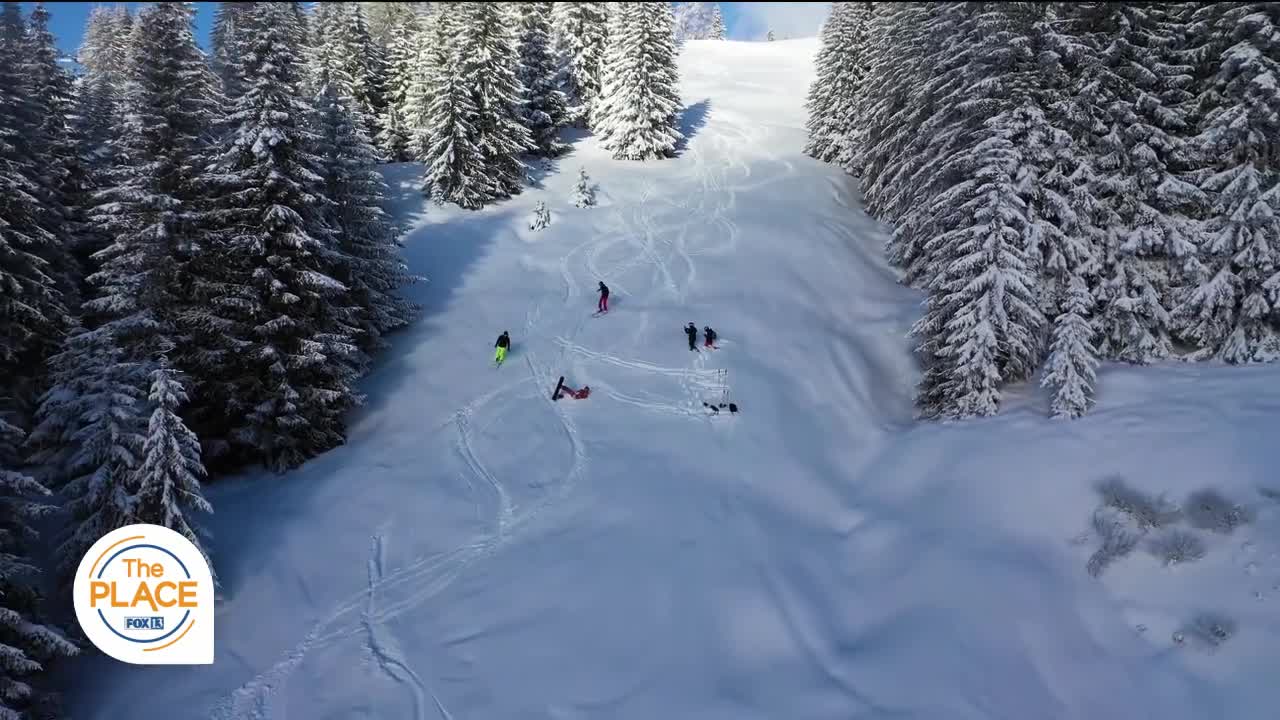Ski season is hopefully upon us here in Utah and every year there are a fair number of patients who receive skiing-related injuries.
Dr. Ryan Callahan with CommonSpirit Health says most of the injuries they see are the result of falls. The most common are knee injuries, shoulder and ankle sprains, leg and arm fractures and even head injuries.
Now is a good time to start physical prep for ski season. Skiing is a demanding activity that requires strength, endurance, flexibility, and balance.
- Muscle strength – focus on your quads, glutes, hamstrings, and hips, as these are the muscles most used in skiing. Squats, lunges and wall-sits are all good exercises. Also strengthen your core – so you have good posture on the slopes.
- Focus on Balance: Work your core and hip muscles to improve stability and control, which can help prevent knee injuries. Inline skating is a good cross-training activity that simulates skiing movements.
- Build Endurance & Cardio: Condition your body to handle repeated runs and avoid fatigue, which increases injury risk.
- Improve Flexibility: Stretching is crucial for mobility and can help prevent strains and knee injuries.
Make sure you have the proper gear and maintain it to prevent injuries.
- Tune Your Gear: Get your skis or snowboard a professional tune-up, which includes waxing and edge sharpening. Also, check all your clothing and accessories to ensure they fit and are in good condition.
- Proper Footwear and Bindings: Ensure your ski boots fit correctly and your bindings are adjusted to your skill level. Ill-fitting boots can cause discomfort and increase the risk of foot and ankle injuries, while improperly adjusted bindings can lead to frequent falls.
- Wear Protective Equipment: Always wear a helmet to reduce the risk of head and brain injuries. Wrist guards and pads for elbows and knees can also offer protection.
- Ski within Your Limits: Avoid pushing yourself beyond your skill level and be mindful of fatigue, as injuries are more likely when you're tired.
- Learn to Fall Correctly: Knowing how to fall safely, such as by landing on your side rather than extending your arms, can minimize the risk of shoulder injuries.
For more information, check out their website here.



